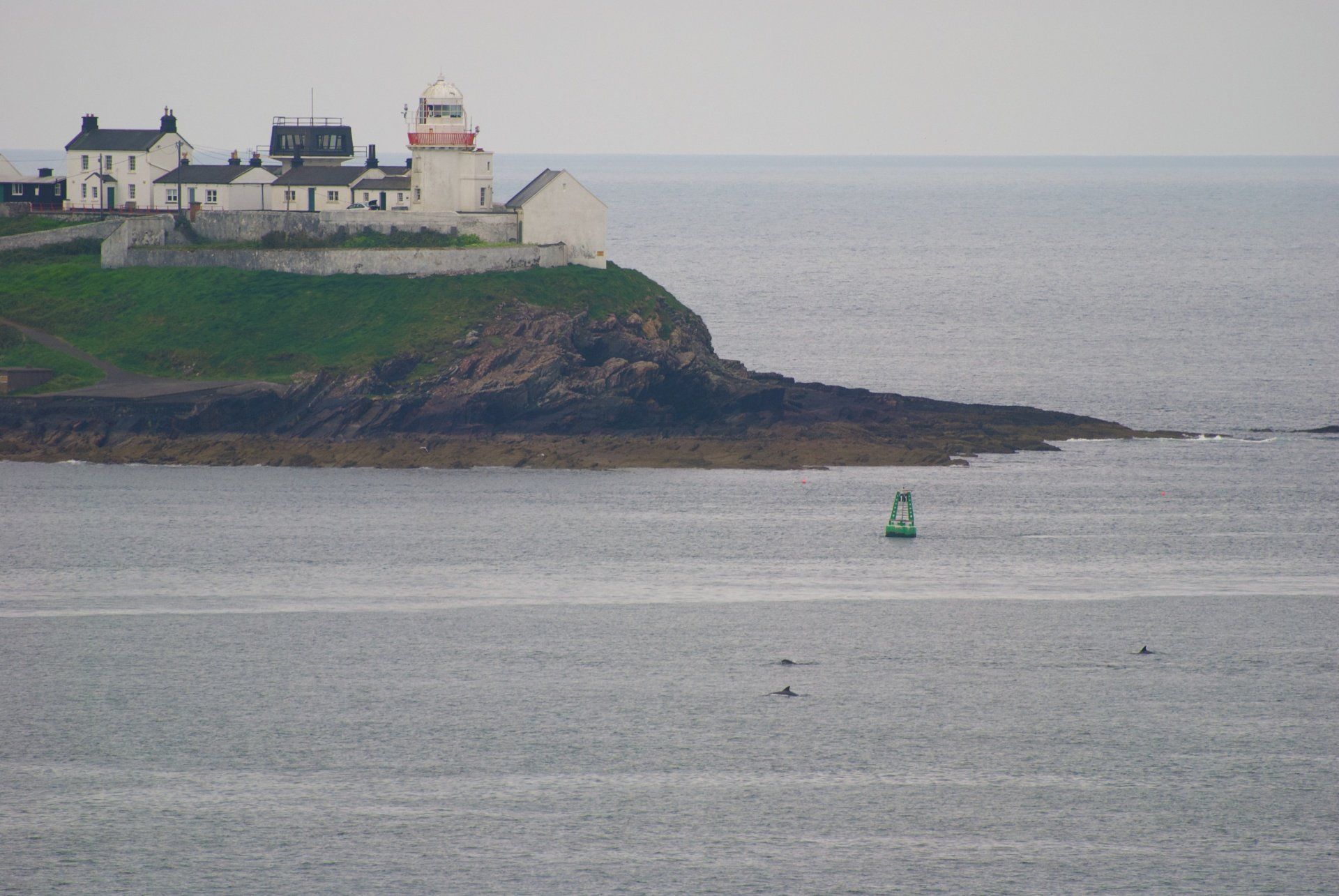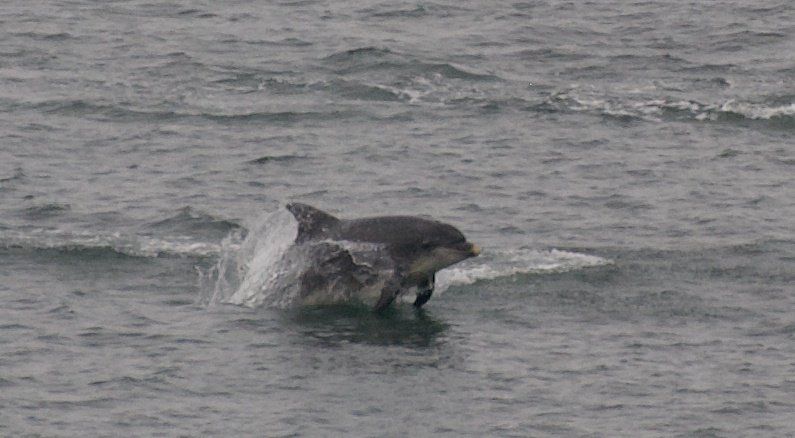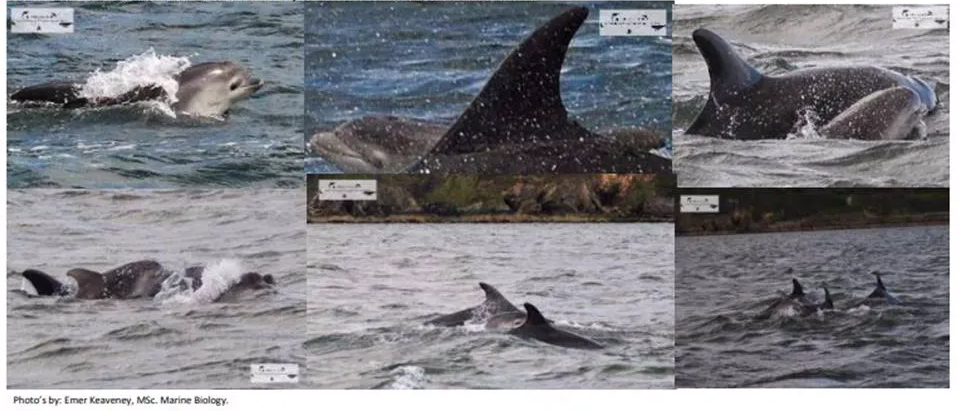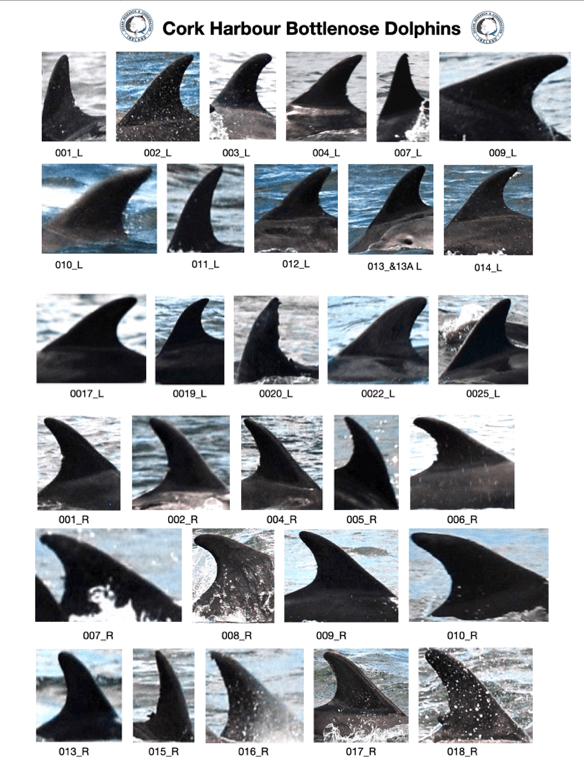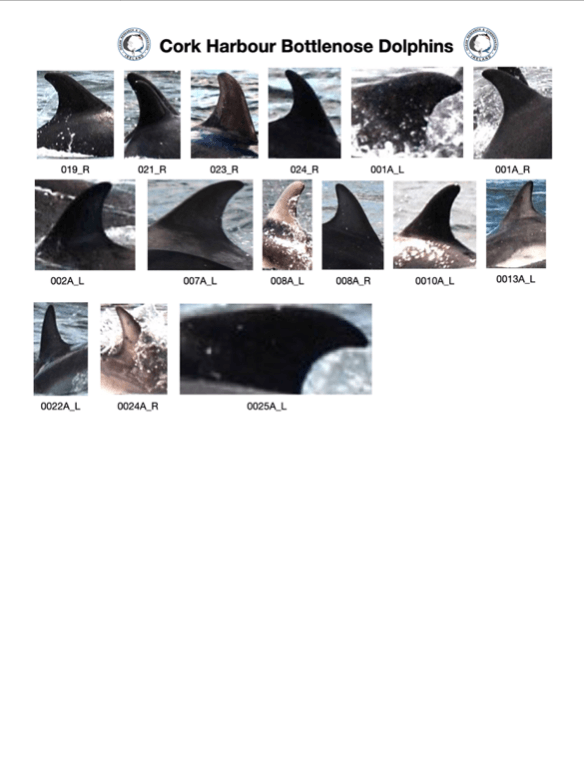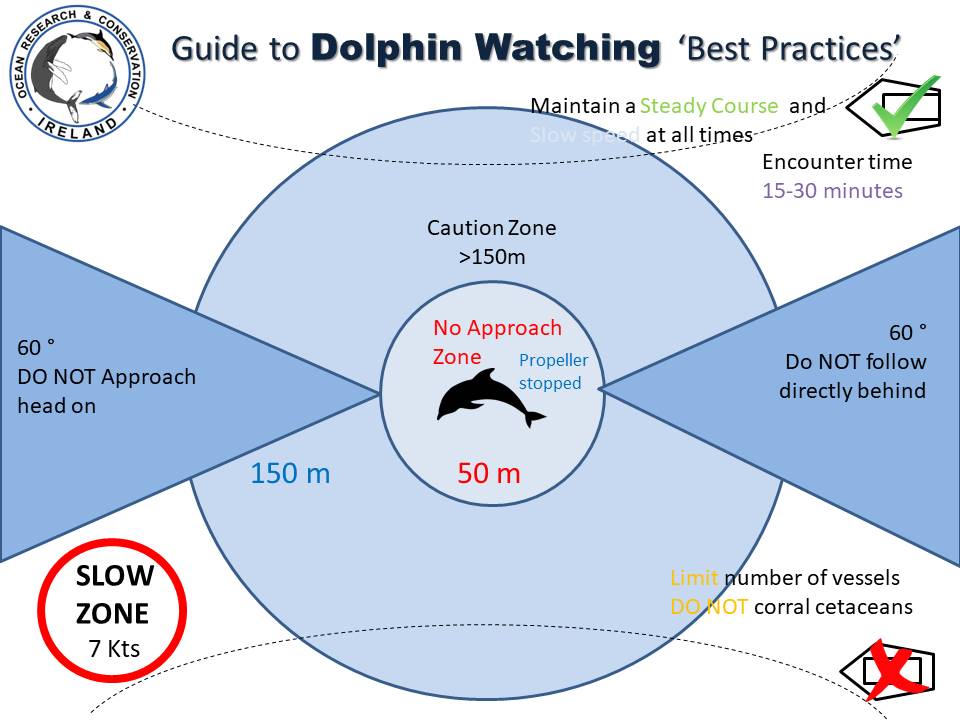ORCAIreland Bottlenose Dolphin Project
Bottlenose dolphins in-front of Roches Point, Cork Harbour, April 2020. Source: Emer Keaveney/O.R.C.Ireland.
ORCAIreland's Bottlenose dolphin Project involves a long-term monitoring by dedicated researchers and citizen scientists across Ireland, from Cork Harbour, to Co. Antrim, that live and work locally, ad aim to protect and understand how the dolphins use their shared habitat. For example, we have been monitoring bottlenose dolphins in Cork Harbour, Ireland's second largest estuary since 2017.
Bottlenose dolphin breaching in Cork Harbour, April 2020. Source: Emer Keaveney/O.R.C.Ireland.
Cork Harbour is an important habitat fro a number of semi-resident and part of a network of habitats for more transient dolphins (O'Brien et al., 2009; Ryan et al., 2010). In particular, Cork Harbour is an ideal foraging habitat for transient dolphin mother/calf pairs . In 2017, 25 individuals were identified out of a group of 40 dolphins, which included 9 mother/calf pairs.
Bottlenose dolphins (Tursiops truncatus) have been sighted in and at the mouth of Cork Harbour by volunteers and scientists from Ocean Research & Conservation Ireland and University College Cork (UCC) since 2011, through land-based and boat-based monitoring. With the help of local eco-tour operators such as Ocean Escapes
and local residents at Roches Point, ORCAIreland's marine mammal scientists have built an identification catalogue of individual dolphins through photo-Identification methods, using the dolphins dorsal fins like fingerprints, to monitor the transient bottlenose dolphins that are occasionally seen. Photo- identification research has been used to identify individuals based on notches and nicks present on their dorsal fins. This allows ORCA scientists to understand which individuals use the harbour, what other dolphins they associate with and when new calves are born.
Cork Harbour is the second largest natural harbour in the world after Sydney, Australia and is heavily industrialised with shipping, petrochemical, pharmaceutical and electrochemical industries situated on its outskirts. Dolphins using Cork Harbour face a number of threats, including ship strike, pollution from noise and plastic debris, and disturbance from recreational and eco-tour boats.
We ask that members of the public remember to follow our guidelines on "Best Practices" for boating when they encounter the dolphins and to please report any sighting of them immediately to us via the Observers App
or directly through our website in "Make a Report".
To learn more about bottlenose dolphins visit our Species Identification Portal --> Bottlenose Dolphins.

